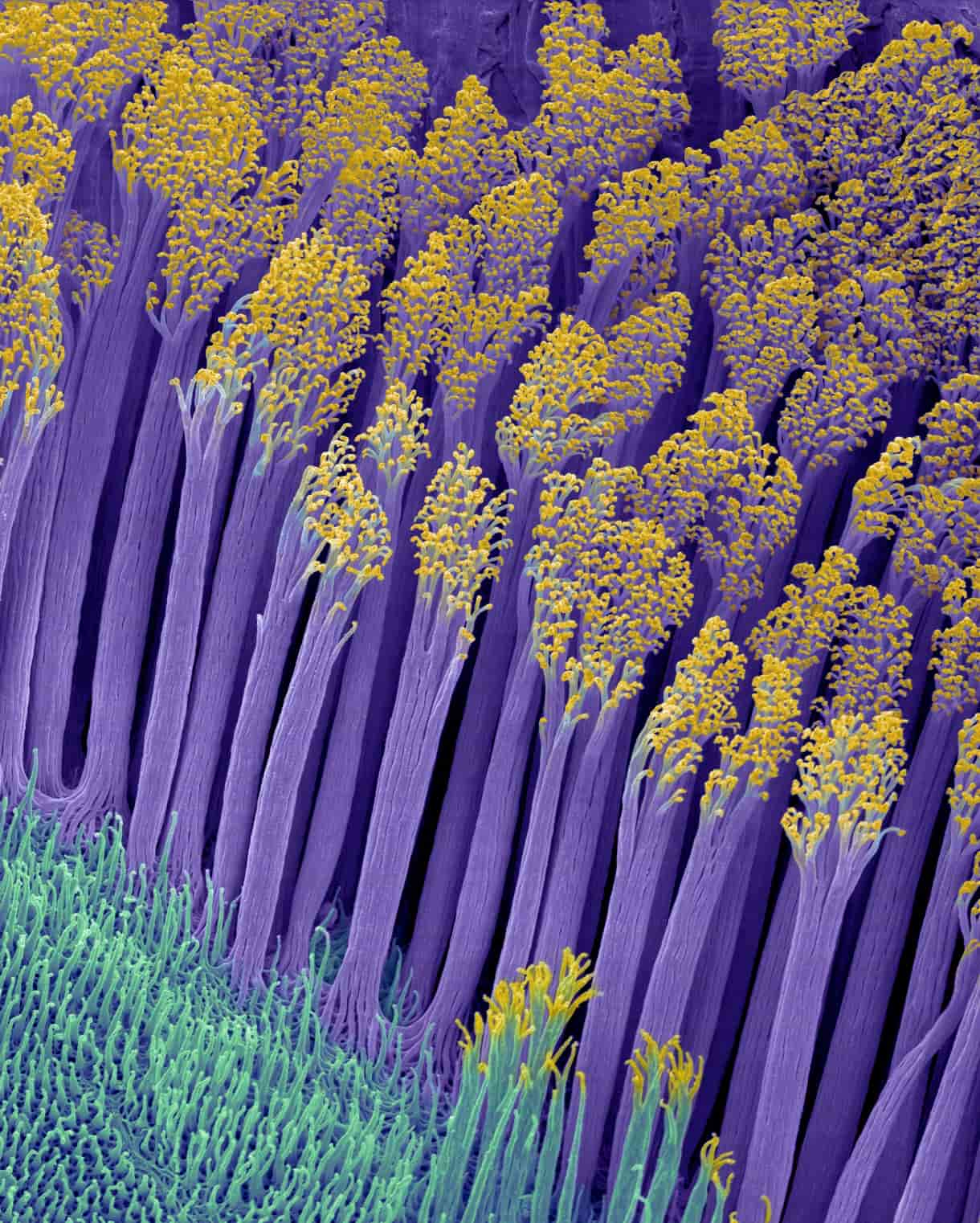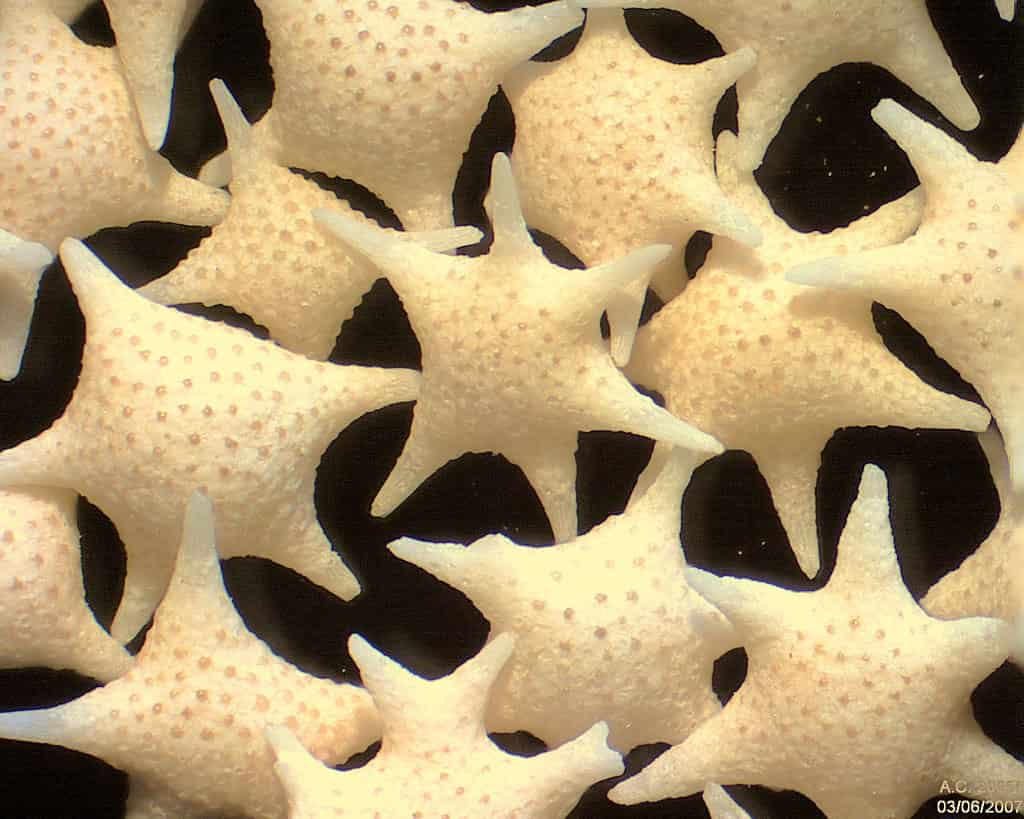
1. Sand: Composed of finely divided rock and mineral particles, sand looks surprisingly beautiful under a microscope. This image shows the star-shaped sand in Hatoma Island. Photo: Alain Couette/CC BY-SA 3.0
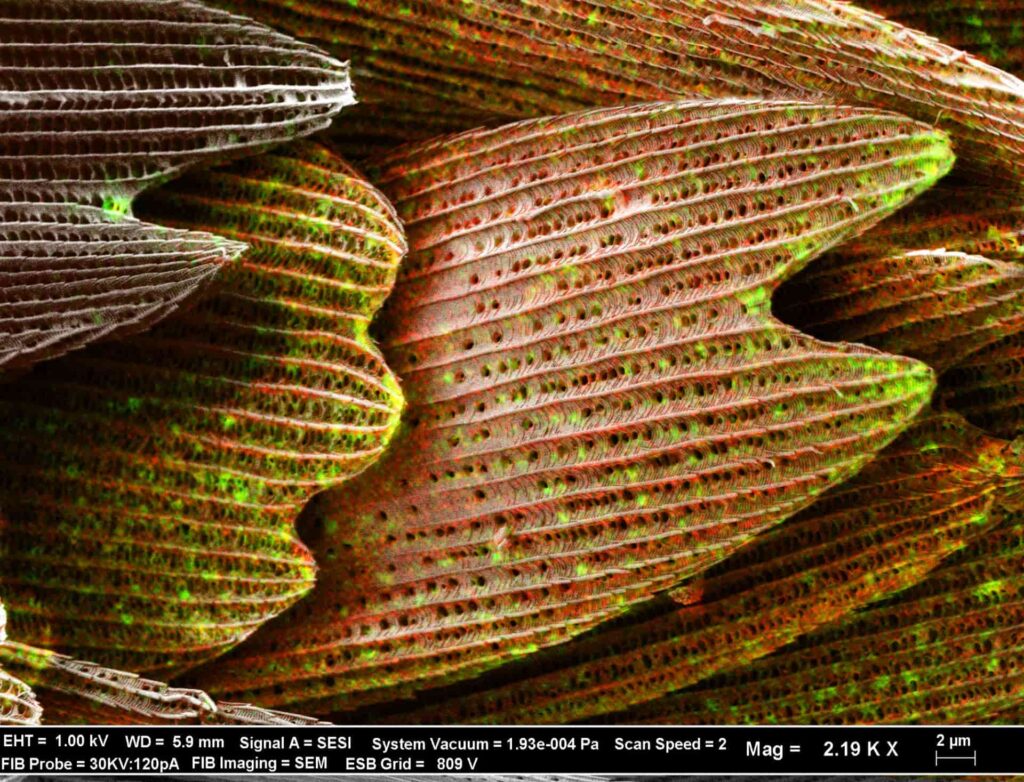
2. Butterfly wing: Thousands of pigmented scales cover butterfly wings, giving the insect its magnificent colourful appearance. Photo: Zeiss Microscopy/CC BY-NC-ND 2.0
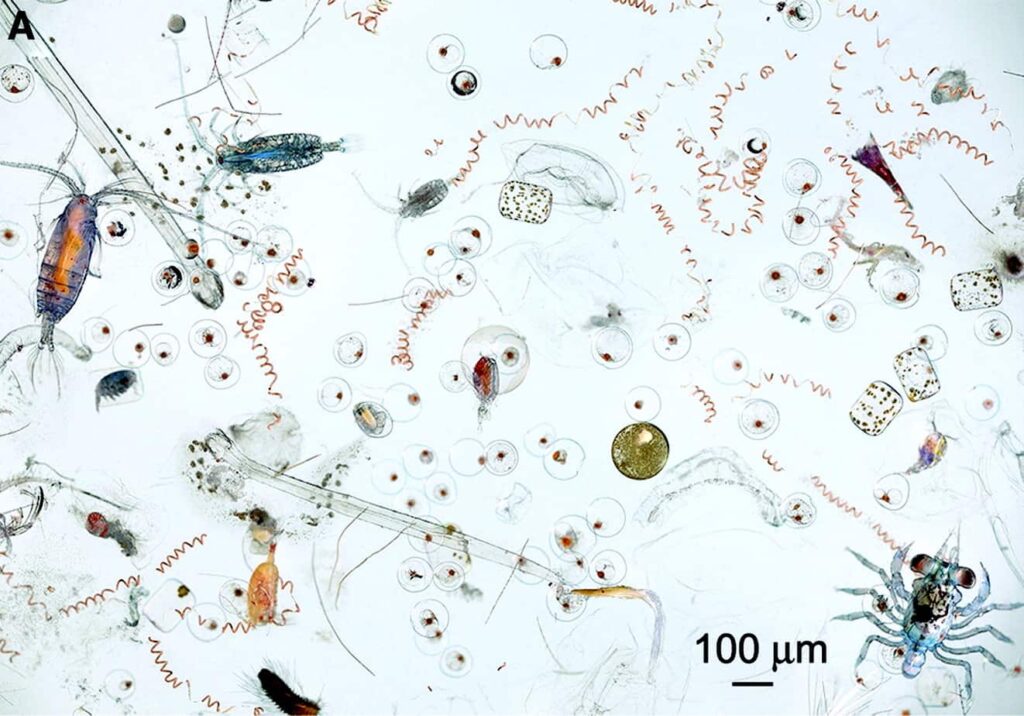
3. Sea water: This image shows a range of marine microplankton found in sea water. Photo: David Liittschwager/CC BY-SA 4.0
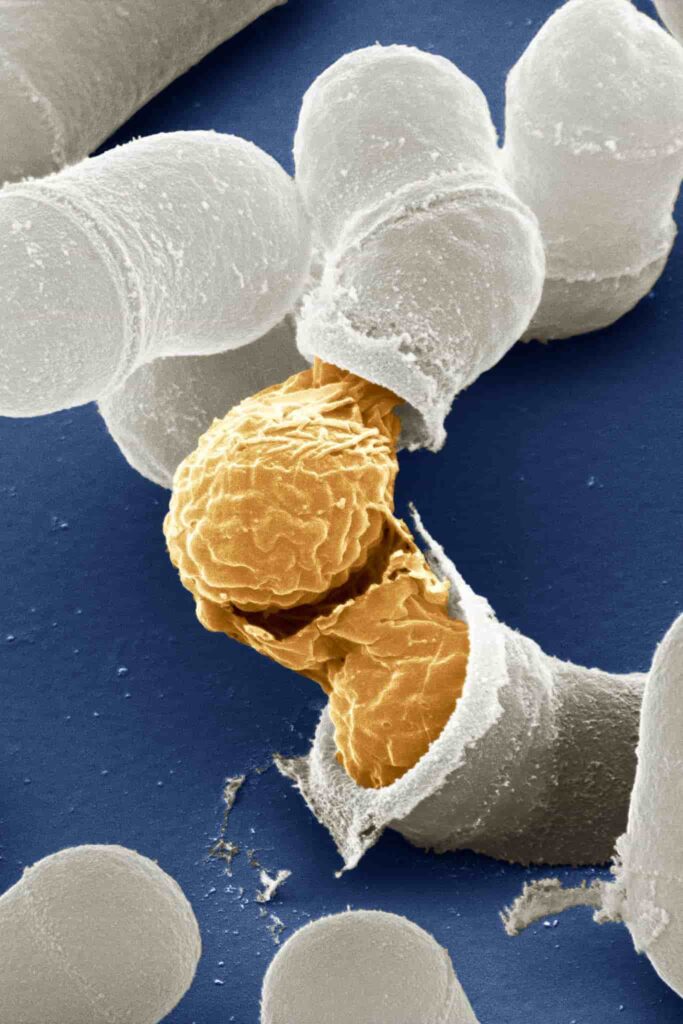
4. Birth of a yeast cell: Yeast can reproduce both asexually and sexually. This image shows the releasing of the new offspring after mating. Photo: Zeiss Microscopy/CC BY-NC-ND 2.0
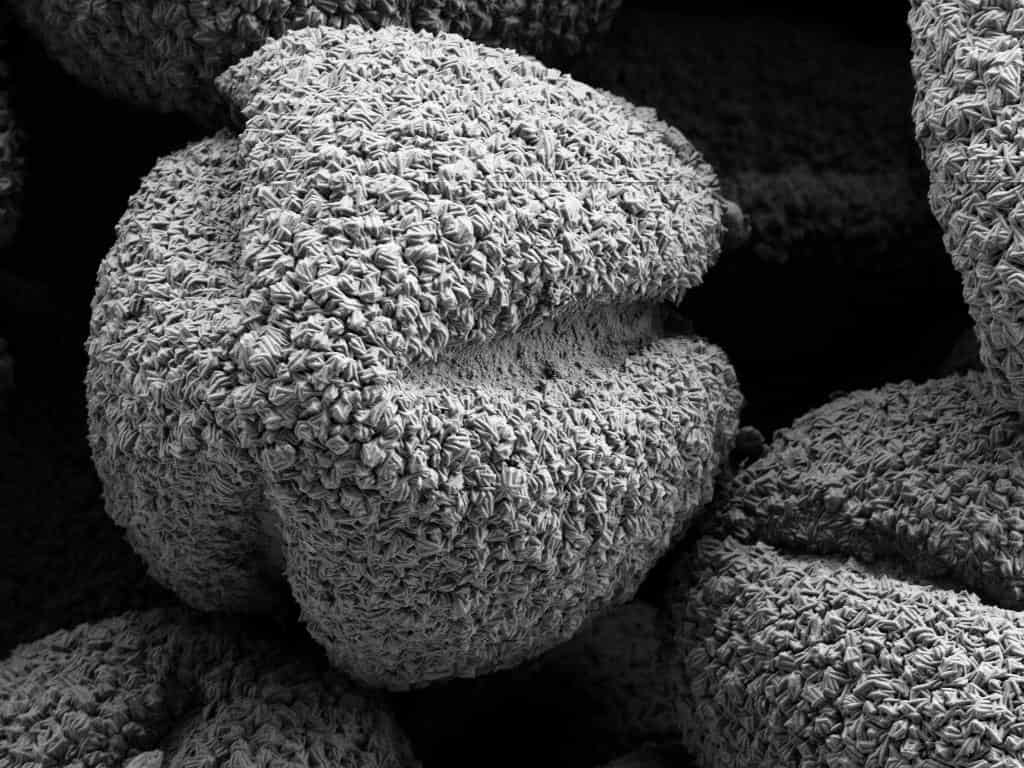
5. Pollen of Kermes oak: Oak trees are wind-pollinated. The elliptical shape of the pollen facilitates the flying of the grain in the wind. Photo: Zeiss Microscopy/CC BY-NC-ND 2.0
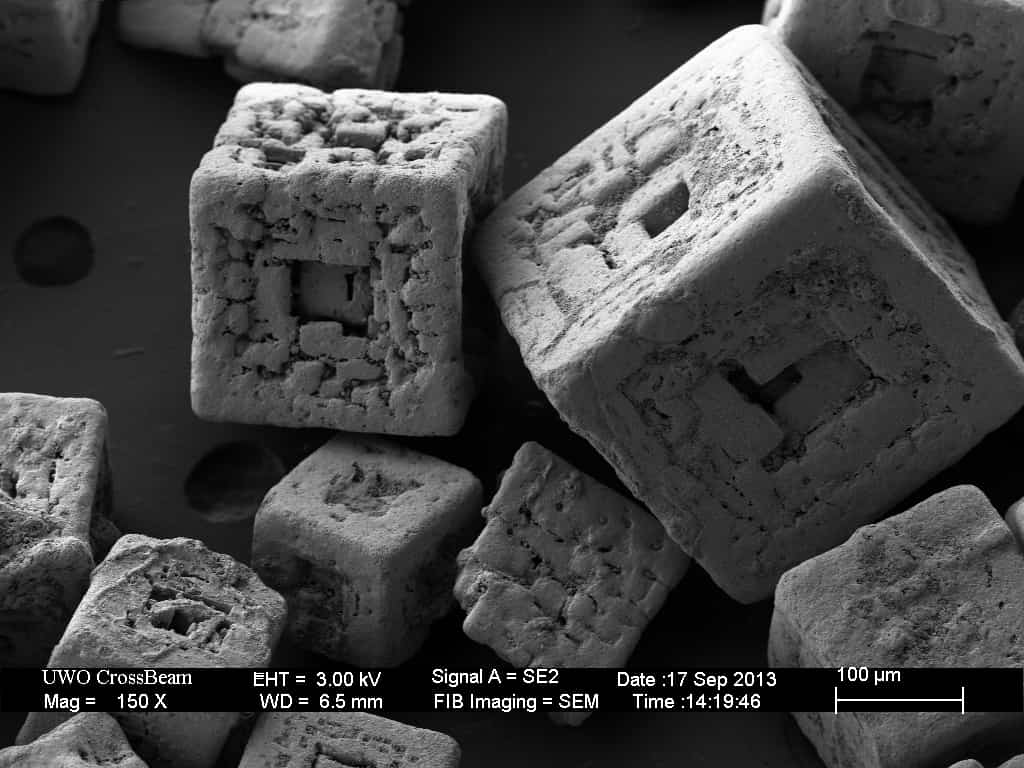
6. Fine salt: This image shows the cubic form of sodium chloride crystals that salt is predominantly made of. Photo: Zeiss Microscopy/CC BY-NC-ND 2.0
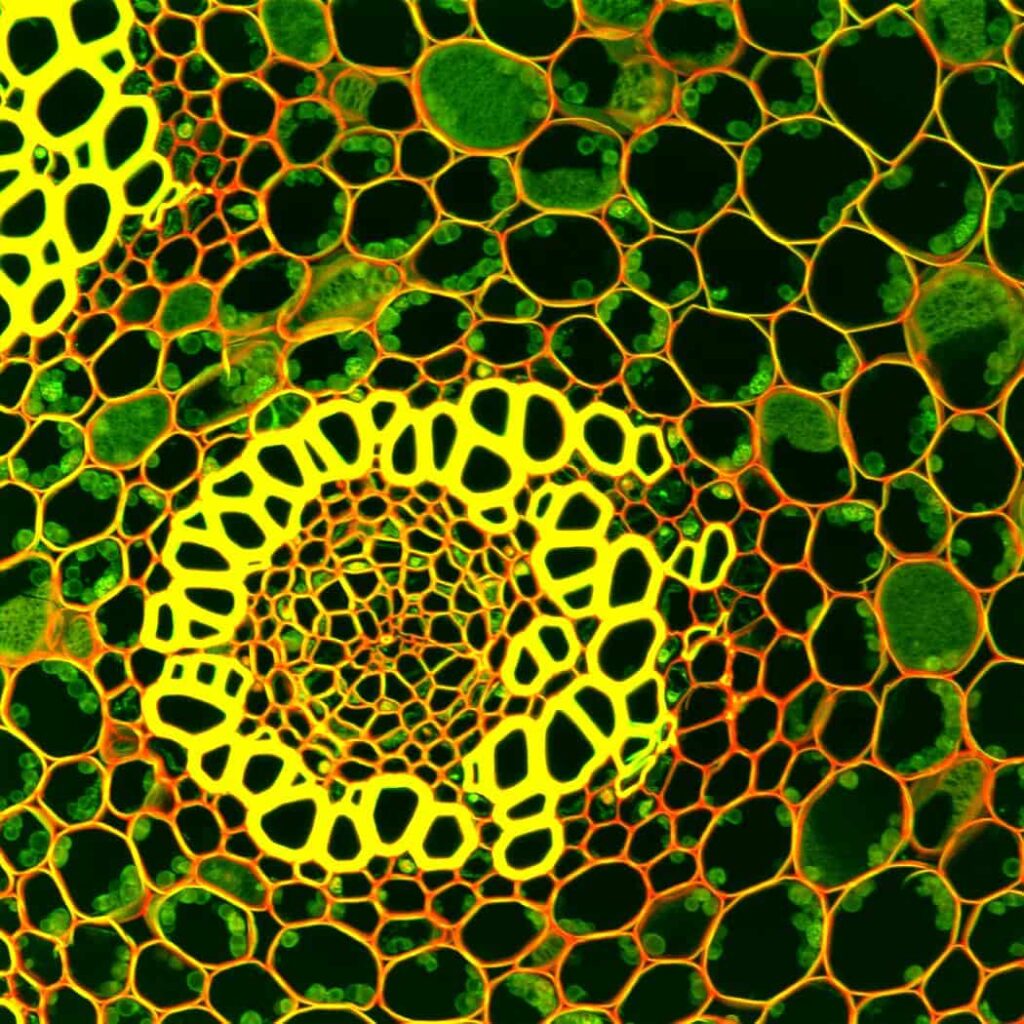
7. Convallaria stem: The stem of the Convallaria plant creates a vivid, bubble pattern under a microscope. Photo: Zeiss Microscopy/CC BY-NC-ND 2.0
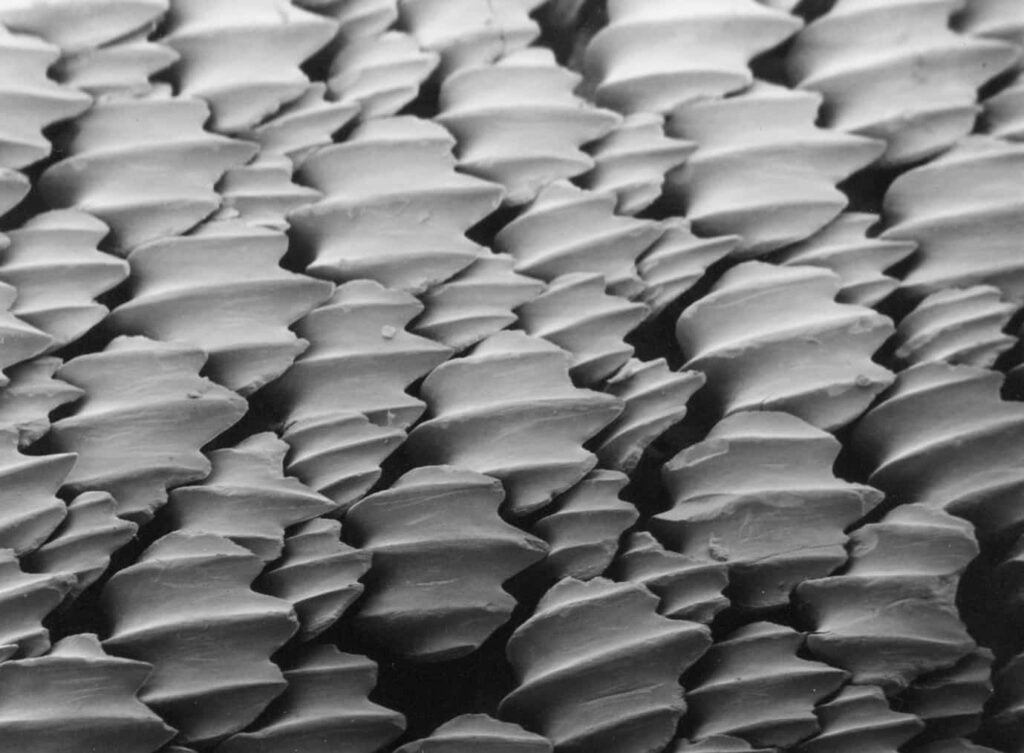
8. Lemon shark skin: Shark skin consists of dermal denticles, also called placoid scales. They are made of dentine and their structure is similar to vertebrate teeth. Photo: Pascal Deynat/Odontobase/CC BY-SA 3.0
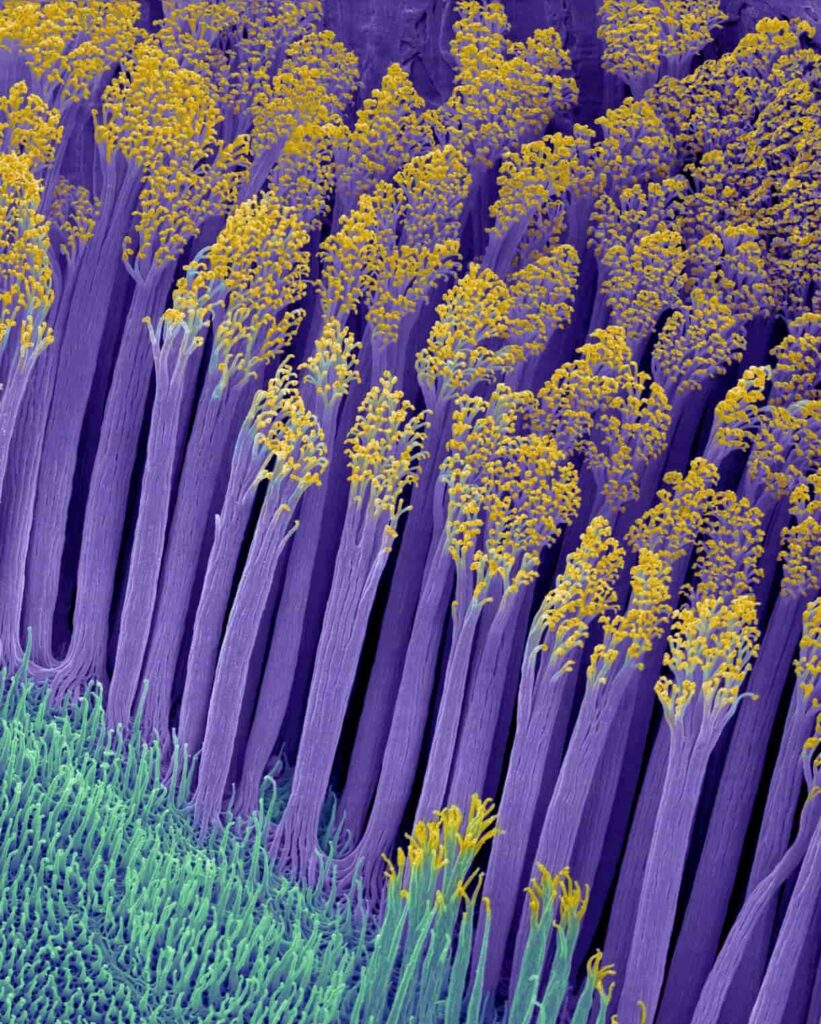
9. Gecko toe hairs: Gecko’s foot is covered with about 500,000 microscopic hairs that split into hundreds of smaller bristles. This unique anatomy enables the lizard to move across walls and ceilings and stick to almost any surface. Photo: Zeiss Microscopy/CC BY-NC-ND 2.0

10. Crystals of ascorbic acid in alcohol: Alcohol creates stunning art when crystallized and photographed under a polarised light microscope. Photo: AlexmarPhoto/CC BY 4.0


